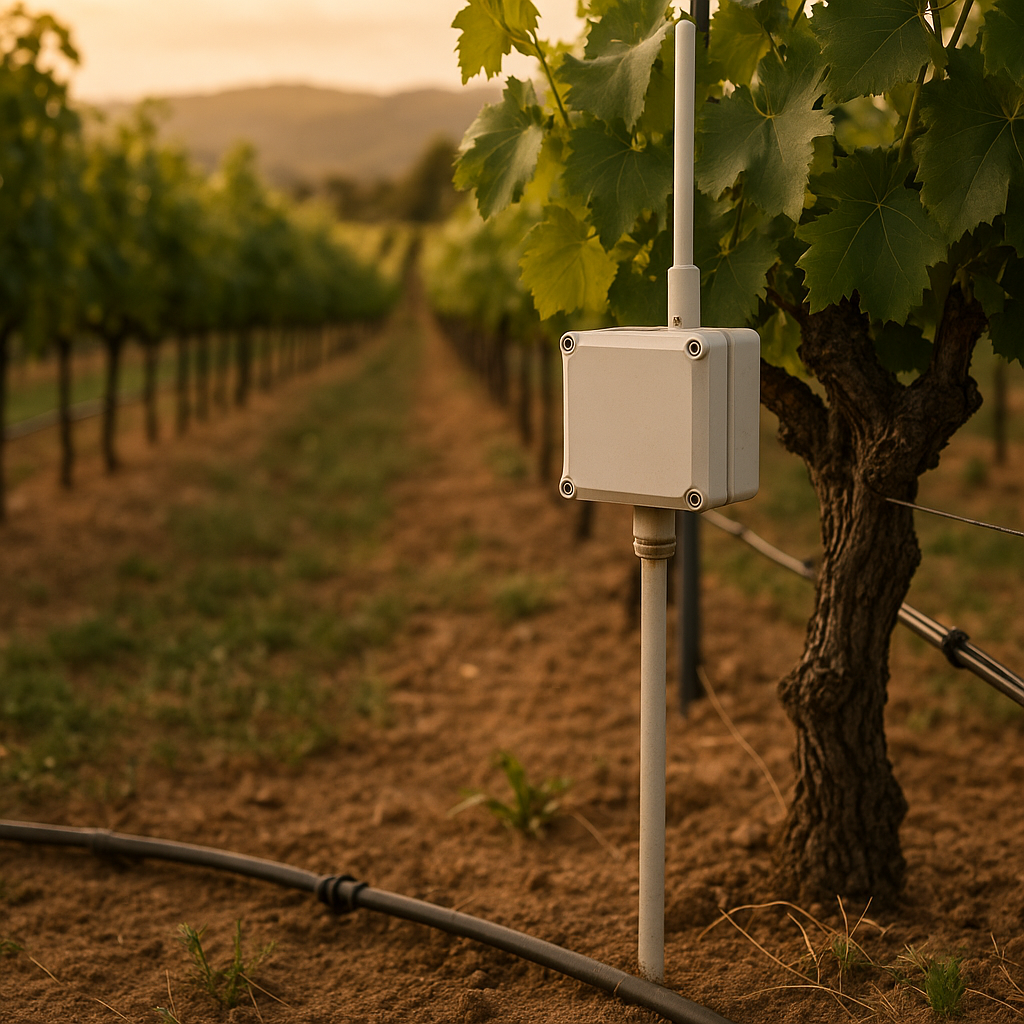
Digital Sensors Optimize Vineyard Irrigation
Share
The Need for Precision in Vineyard Irrigation
In the world of viticulture, precision in irrigation is not merely a luxury; it is a necessity. Grapevines are sensitive to fluctuations in moisture levels, and even slight over- or under-watering can lead to significant consequences, affecting both yield and grape quality. Traditional irrigation methods often rely on generalized schedules or visual assessments, which can lead to inefficiencies and waste. As climate variability intensifies, the need for a more nuanced approach has never been clearer.
Digital sensors have emerged as a game-changer in this context, providing real-time data on soil moisture, temperature, and humidity. By harnessing this technology, vineyard managers can tailor their irrigation practices to the specific needs of their vines, ensuring optimal growth conditions. This not only conserves water but also enhances the overall health of the vineyard, leading to richer flavors and higher-quality grapes. As the industry shifts toward sustainability, embracing such innovations is essential for both environmental stewardship and economic viability.
How Digital Sensors Revolutionize Water Management
Digital sensors have emerged as a game-changer in vineyard irrigation, offering unprecedented precision and efficiency. By continuously monitoring soil moisture levels, temperature, and even vine health, these sensors provide real-time data that empowers vineyard managers to make informed decisions. This technology allows for targeted irrigation, ensuring that water is applied only where and when it is needed, thus minimizing waste and maximizing crop yield.
Moreover, digital sensors can integrate with weather forecasts and historical data, enabling predictive analytics that further refine irrigation schedules. This not only conserves water but also enhances grape quality, as vines receive optimal hydration tailored to their specific growth stages. The automation of irrigation systems, driven by sensor data, reduces labor costs and human error, allowing vineyard owners to focus on other critical aspects of wine production. As a result, the adoption of digital sensors not only supports sustainable practices but also positions vineyards to thrive in an increasingly competitive market.
Real-World Benefits and Future Implications
The integration of digital sensors into vineyard irrigation systems not only enhances water efficiency but also fosters healthier grape production. By providing real-time data on soil moisture levels, temperature, and humidity, these sensors enable vintners to make informed decisions about irrigation timing and volume. This precision agriculture approach minimizes water waste, which is crucial in regions facing water scarcity, while also ensuring that vines receive the optimal amount of moisture needed for growth.
Looking to the future, the implications of this technology extend beyond immediate resource management. As climate change continues to challenge traditional farming practices, the adaptability of digital sensors can help vineyards respond proactively to shifting weather patterns. Moreover, the data collected can be analyzed to improve vineyard management strategies over time, leading to higher quality yields and more sustainable practices. Ultimately, the convergence of technology and agriculture not only promises to enhance productivity but also supports the broader goal of environmental stewardship in viticulture.
